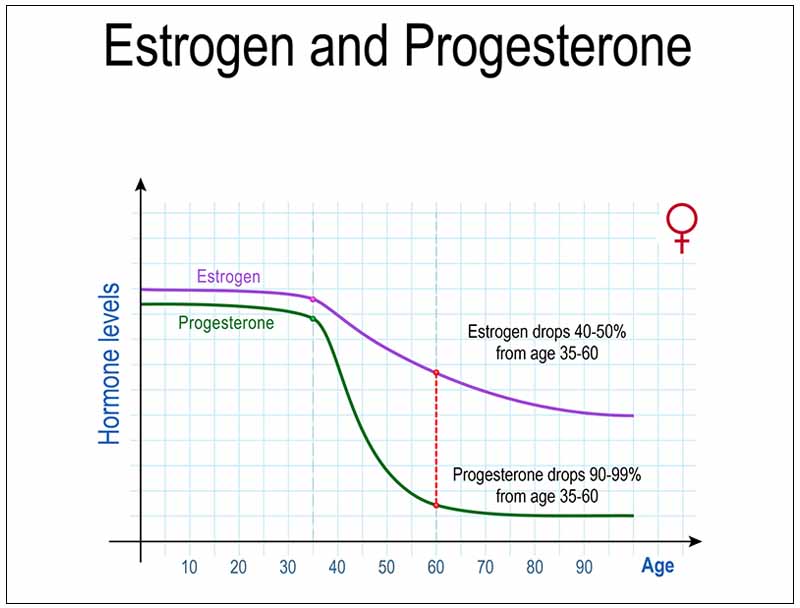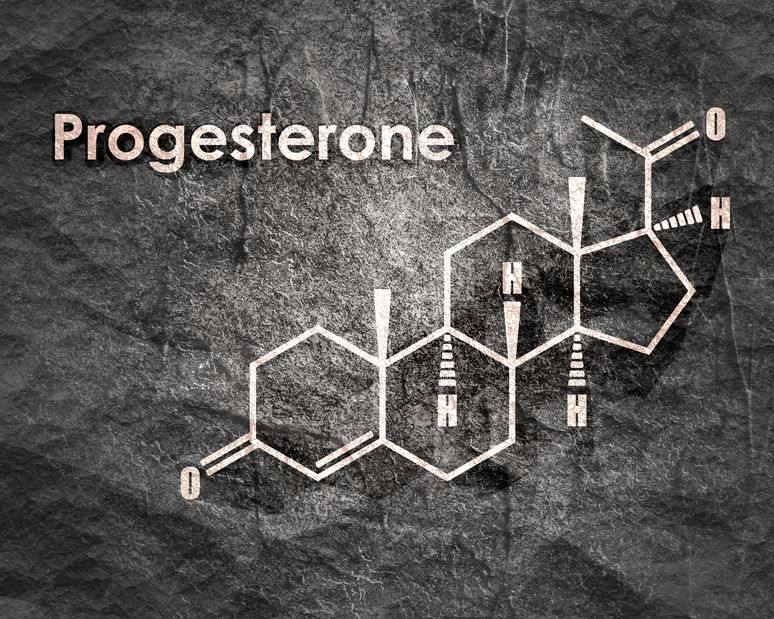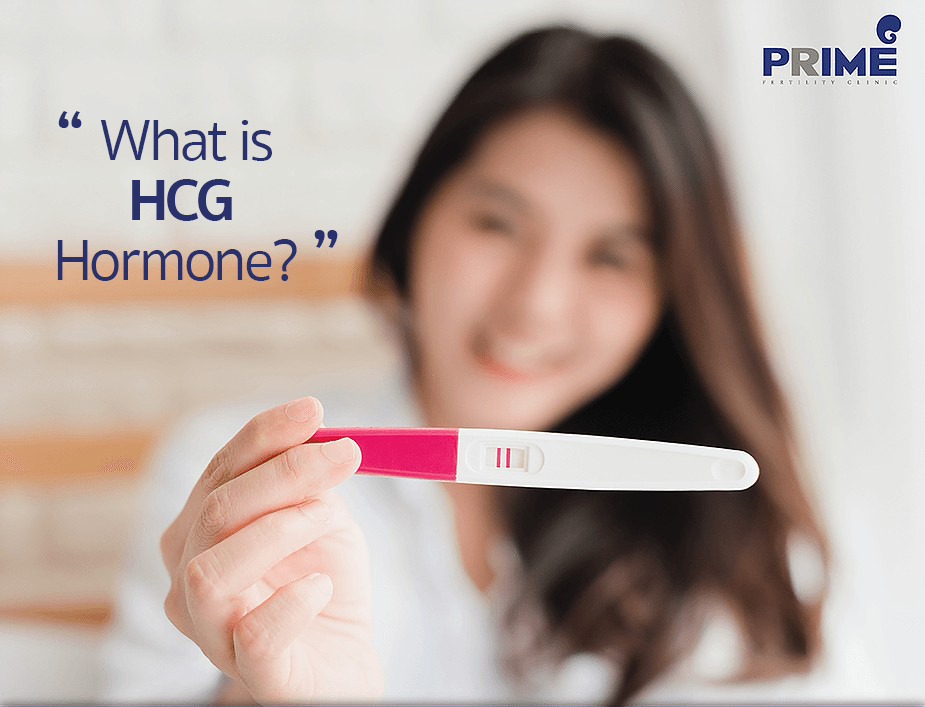
However, the results regarding the necessity for the screening of serum E 2 levels before ET, are still controversial, and further prospective studies are required. Therefore, measuring and monitoring of P 4 levels during FET cycles might be necessary. The present study suggests that a serum P4 value at the maximum threshold on the day of FET is associated with reduced LBR following blastocyst transfer. The optimum level of serum P 4, with 70 % sensitivity and 50 %specificity for LBR, was 32.5 ng/ml. The ROC curve revealed a significant predictive value of serum P 4 levels on the day of ET for LBR, with an AUC = 0.61 (95 % CI: 0.54–0.68, P = 0.002). The analysis of the multivariable logistic regression showed that the serum level of P 4 on ET day, was the only significant predictive variable for LBR. Regarding both P 4 and E 2 values, it was found that the LBR was significantly lower in the highest quartile group (Q 4) compared with the others, ( P = 0.002 and P = 0.042, respectively). The means of women’s age and BMI were similar between the four quartiles groups. The serum P 4 and E 2 values were divided into four quartiles. ResultsĪmongst the 258 eligible women that were evaluated, the overall LBR was 34.1 % (88/258). On the morning of ET, 4–6 h after the last dose of progesterone supplementation, the serum progesterone (P 4, ng/ml) and estradiol (E 2, pg/ml) levels were measured. FET was scheduled 5 days after administration of the first dosage of progesterone. All patients received the same HRT regimen.

In this prospective cohort study, eligible women who were undergoing their first or second FET cycles with the top graded blastocyst stage embryos were included.


The present study was conducted to determine whether there is any relationship between the serum progesterone and estradiol levels on the day of ET, and live birth rate (LBR) in patients receiving HRT in FET cycles. However, still the questions regarding the maximum threshold level, and the highest allowed dosage of hormonal medications remain unresolved. Previous observational studies have highlighted the negative effects of serum hormone levels at the minimum threshold during frozen embryo transfer (FET) cycles.


 0 kommentar(er)
0 kommentar(er)
